Nakayama is in between Narita And Haneda International Airport
<クッキーについての同意並び欧州居住者向けプライバシーポリシー>
中山・下総・散歩道
The Tea Room of Shikisei Oribe School of Tea Ceremony
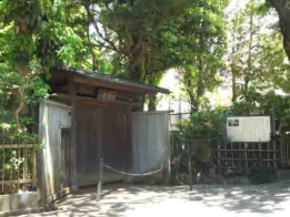
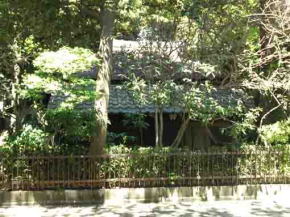
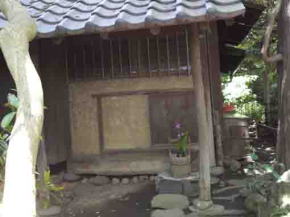
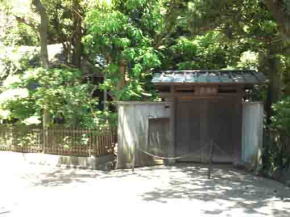
Passing through the several cherry trees along the approach road to Satomi Park, there is a small wooden house covered with green woods, it is the tea room of Shikisei Oribe Tea School. There is a signboard describing the tea school, but there is no name of the tea room. Actually, a name plate is hanging on the gate, the letters are too artistical to read. The tea room gives some dramatic imaginations when you look it through the fences.
Shikisei Oribe School of Tea Ceremony started by Oribe Furuta, a sengoku daimyo and a master of the tea ceremony was registered as an intangible cultural property by Chiba Prefecture in 1955.
Why don't you visit the tea room of Shikitei Oribe School of Tea ceremony?
Shikisei Oribe School of Tea Ceramony
Shikisei Oribe School of Tea Ceremony is the intangible cultural property of Chiba prefecture
The Shikisei Oribe School of tea ceremony had been founded by Furuta Oribe no Sho Shigenari (ca.1600).Characteristic of the Shikisei Oribe School is that, it can be considered the 'public (open) tea' based on the serving of tea in the 'shoin' (drawing room) style tea arbor as opposed to the 'private (personal) tea' or the 'wabi-cha' served in the 'so-an' after Sen no Rikyu.
Furuta Oribe had elaborated his originality in his arbor and tea ceremony appliances, leaving behind the Oribe-yaki pottery and the Oribe-toro (Lanterns).
He also had Hon'ami Koetsu, Kobori Enshu and so on as his disciples.
(From the guidance on the signboard in front of the tea room belonging to Shikisei Oribe Tea School)
式正織部流茶道茶室前案内板より
Oribe Furuta The Founder of Oribe School of Tea Ceremony
Oribe Furuta 1544-1615
Oribe Furuta was a Sengoku Daimyo and the master of tea ceremony from Mino province (Gifu Prefecture) from Azuchi Momoyama to Edo in late Sengoku period. His first name is Shigenari, he was called Sasuke amoung his friend and relatives, Oribe was nickname since he was appointed as the Oribe no Jo. He was the founder of Oribe School of Tea Ceremony.First, he worked at Toki or Saito clan in Mino province, next he worked at Nobunaga Oda, then Hideyoshi Toyotomi. When Hideyoshi became the Kanpaku Dajodaijin (the supreme minister and chancellor), Oribe was also appointed Oribe no Jo and he was given the feudal estate having 35,000 kokus (about 5,500 tons) of the annual rice crop in Nishi ga Oka in the south-west part of Kyoto. Oribe Furuta loved Cha no Yu (tea ceremony) and he studied at Sen no Rikyu. After the death of Rikyu, Oribe was praised as Tenka Ichi no Sosho (the supreme master of tea ceremony), then he began his tea school. He was counted as one of the seven disciples of Rikyu. After Hedeyoshi Toyotomi was passed, Oribe belonged to Tokugawa Clan, and he taught tea ceremony to Hidetada Tokugawa, the second shogun of Edo Bakufu. He distinguished war services at the battle of Sekigahara in 1600, However, he was suspected that he betrayed to Toyotomi clan at the battles of Osaka in Summer of 1615, as the result, he was ordered to commit hara-kiri. He was died at his age of 72. His tomb is at Koshoji Temple in Kamigyo-ku, Kyoto.
Oribe Furuta loved distorted pots and tea rooms with many windows, these kinds of artistic tastes were called 'Oribe Konomi (the favor of Oribe)' and became the major trends at that time. Oribe Yaki Potteries and Oribe Toros (lanterns) exist, and Hassoan in Nara National Museum and Ennan in the Yabuuchi in Kyoto are his style tea rooms existing now. 'Chajutsu Hyakajo (the 100 laws of serving tea)' is his masterpiece. Koetsu Honami, Hidetada Tokugawa, Enshu Kobori and many samurais were disciples of Oribe. Now Shikisei Oribe School of Tea Ceremony has been kept by Oribe Kikyokai and the tea room stands in Konodai, Ichikawa city, Chiba prefecture.
抜粋・引用および参考
式正織部流茶道茶室前案内板
市川市ホームページ
新制版 日本史辞典
大辞泉
クロニック戦国全史
美術人名辞典
ブリタニカ国際大百科事典
世界大百科事典 第2版
百科事典マイペディア
日本大百科全書(ニッポニカ)
ウィッキペデイァ
The Access To The Tea Room of Shikisei Oribe School
The Tea Room of Shikisei Oribe School
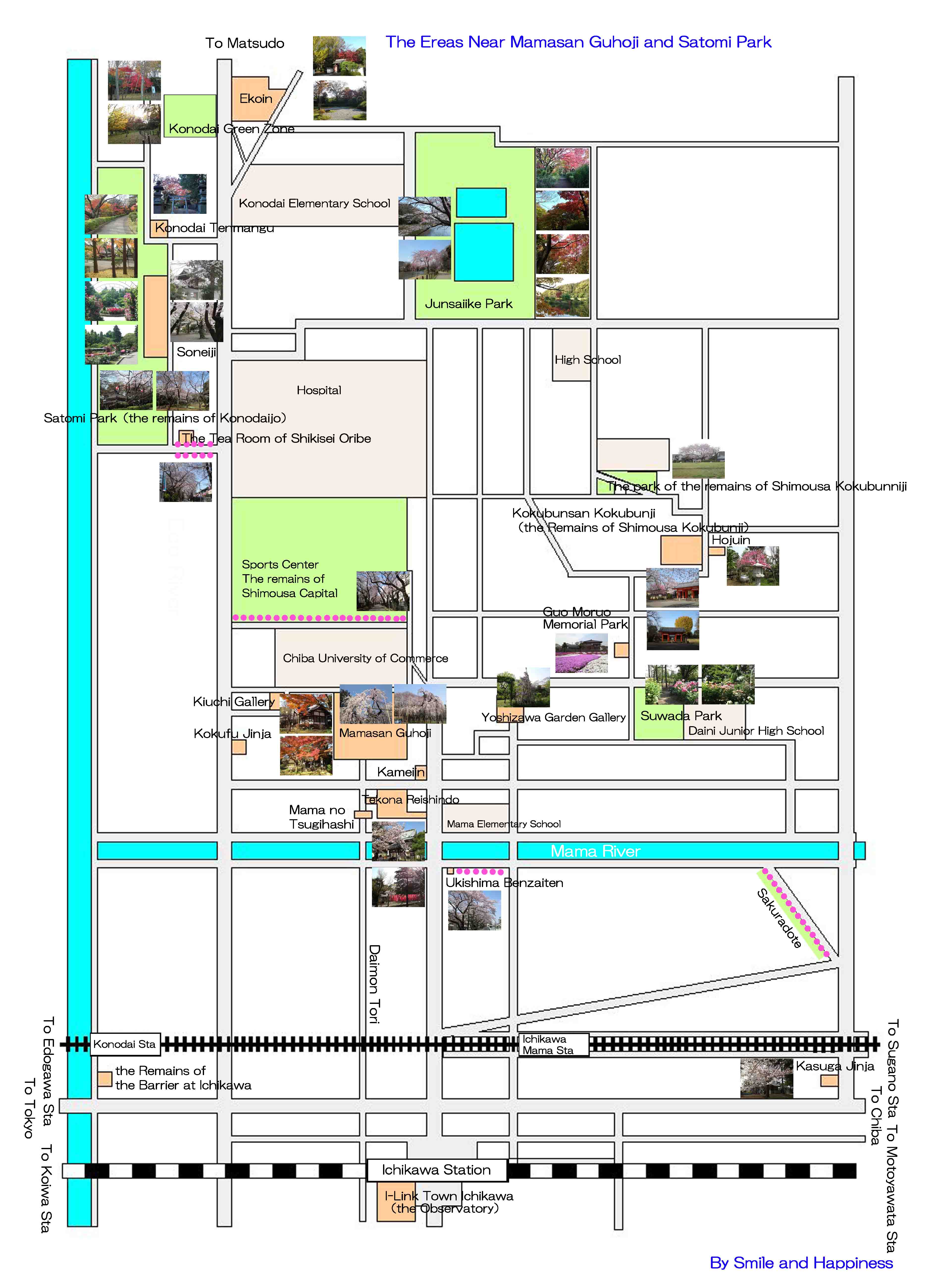
The map to the tea room of Shikisei Oribe School
PDF of the map around Mamasan Guhoji and Satomi Park3-8 Konodai, Ichikawa-shi, Chiba-ken
- The Tea Room of Shikisei Oribe School of Tea Ceremony has great accessibilities from both Narita and Haneda International Airport.
- From Narita International Airport, take Keisei-line and get off Konodai Sta, take minimally 45 minutes from Narita Airport. And also take Keisei Narita Sky Access line bound to Nippori Sta or Haneda International Airport and get off Shin Kamagaya Sta, transfer the line to Hokuso line bound to Nishi Magome or Haneda International Airport and get off Yakiri Sta.
- From Haneda International Airport, take Keikyu-line bound to Narita, and get off Konodai Sta. And also take Keikyu-line bound to Inba Nihon Daigaku (Nihon University) and get off Yakiri Sta.
- Take 10 minute walk from Konodai and Yakiri Sta.
The cenic Spots near the Tea Room of Shikisei Oribe School
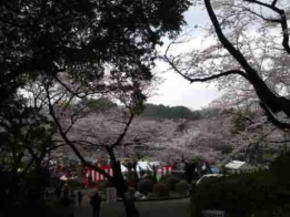
Satomi Park (the remains of Konadaijo Castle)
Visitors find nature, history and culture in this area.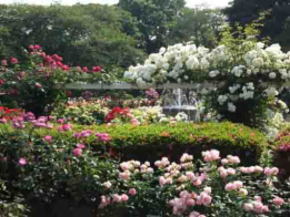
Four Seasons in Satomi Park
Visotors enjoy seeing beautiful cherry blossoms, roses and colored leaves.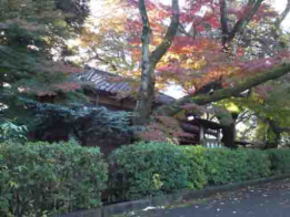
Shiensosha House (Hakushu Kitahara once lived in)
The House of Hakushu Kitahara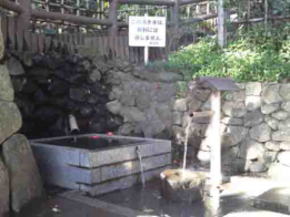
Rakan no I Well
Rakan no I Well has a legend that Kobo Daishi Kukai found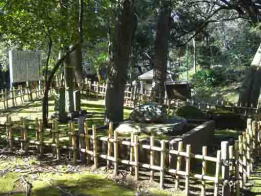
Yonaki Ishi (the stone cries at night)
A stone tells the sad story of Sengoku Period.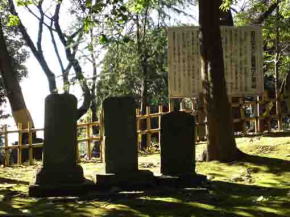
The Momorial for Samurai of Satomi Clans
The stone tablets are related to the battle of Konodai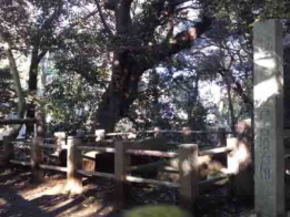
The Stone Coffins of Akedo Old Mound
They are intorduced in Edo Meisho Zue in Edo period.
The Tea Room of Shikisei Oribe School of Tea Ceremony
It is the intangible cultural property registered by Chiba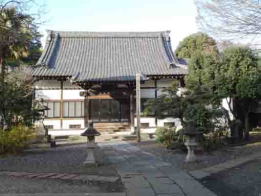
Ankokusan Soneiji Temple
It was treated as a high ranked temple as same as Daimyos.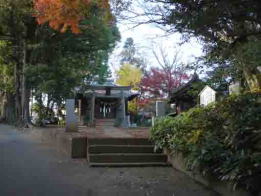
Konodai Tenmangu Shrine
It is famous for a traditional event called 'Tsujikiri'.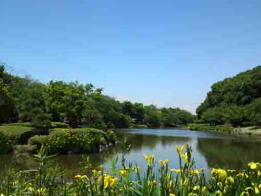
Junsaiike Pond Park
Many flowers bloom and many birds come this water park .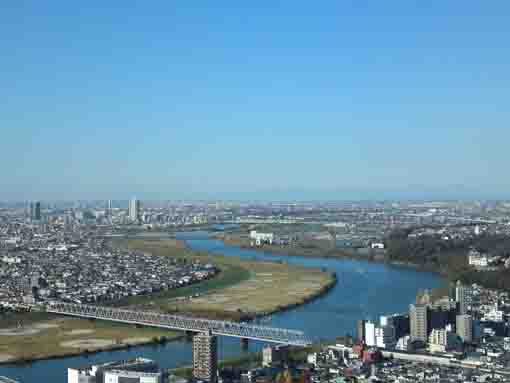
A Walk Along Edogawa River
There are many noted spots along this river.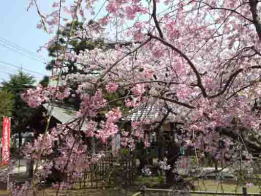
A Walk On Tekona and Mama
Tekona, Mamasan temple and some landmarks in it. It is good place to walk along.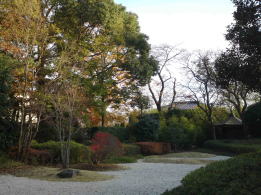
Ekoin Branch Temple in Ichikawa
Genkoji Temple, a branch temple of Ryogoku Ekoin has a beautiful garden and CafeTerrace Ekoin.
The Observatory on I-link Town Ichikawa
It commands a panoramic view of Mt.Fuji behind Tokyo.- 広告 Advertisement -
